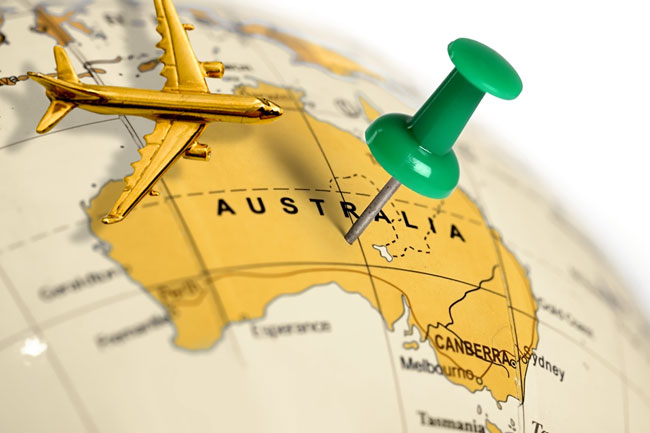Australia, renowned for its quality education system and vibrant multicultural environment, has announced significant changes to its student visa regulations. On Wednesday, the Australian government revealed its decision to raise the minimum savings requirement for international students seeking visas, alongside stern warnings to educational institutions engaging in fraudulent recruitment practices. These measures, part of broader efforts to manage record migration levels and alleviate pressures on housing markets, underscore Australia’s commitment to maintaining the integrity of its international education sector.
Effective immediately, international students applying for visas must demonstrate savings of at least A$29,710 (equivalent to $19,576 USD). This marks the second increase within a span of seven months, previously elevated from A$21,041 to A$24,505 in October. The escalation in financial prerequisites reflects the government’s response to a surge in migration following the relaxation of COVID-19 restrictions in 2022, exacerbating existing strains on rental accommodations.
In tandem with the financial adjustments, the Australian government has intensified its scrutiny of student visa regulations. March saw an augmentation in English language proficiency requisites, while measures have been introduced to curtail avenues enabling students to prolong their stays beyond legitimate durations.
Home Affairs Minister Clare O’Neil has issued stern warnings to 34 education providers implicated in “non-genuine or exploitative recruitment practices.” Institutions found culpable could face imprisonment of up to two years and be subject to a ban on student recruitment. O’Neil emphasized the government’s commitment to eradicating unscrupulous practices, asserting that “Dodgy providers have no place in our international education sector.” These decisive actions aim to safeguard the reputation of Australia’s education system while fostering a fair and transparent environment for international students.
Australia’s international education sector, a cornerstone of its economy, contributed a substantial A$36.4 billion ($24 billion USD) in the fiscal year 2022/23. However, the unprecedented influx of migrants, predominantly driven by international students, has posed challenges, particularly regarding soaring rental prices nationwide. Net immigration surged by 60% to a record 548,800 individuals in the year ending Sept. 30, 2023.
In response to mounting pressures, the Australian government anticipates significant reductions in migrant intake over the ensuing two years. “We are significantly reducing migration levels – we are in the middle of the biggest drop in migration numbers in Australia’s history, outside of war or pandemic,” remarked Minister O’Neil.
Amidst these policy shifts, Australia reaffirms its commitment to fostering a welcoming and inclusive environment for international students while prioritizing the integrity and sustainability of its migration framework. These measures aim not only to address immediate challenges but also to fortify Australia’s position as a global leader in education and multiculturalism.


